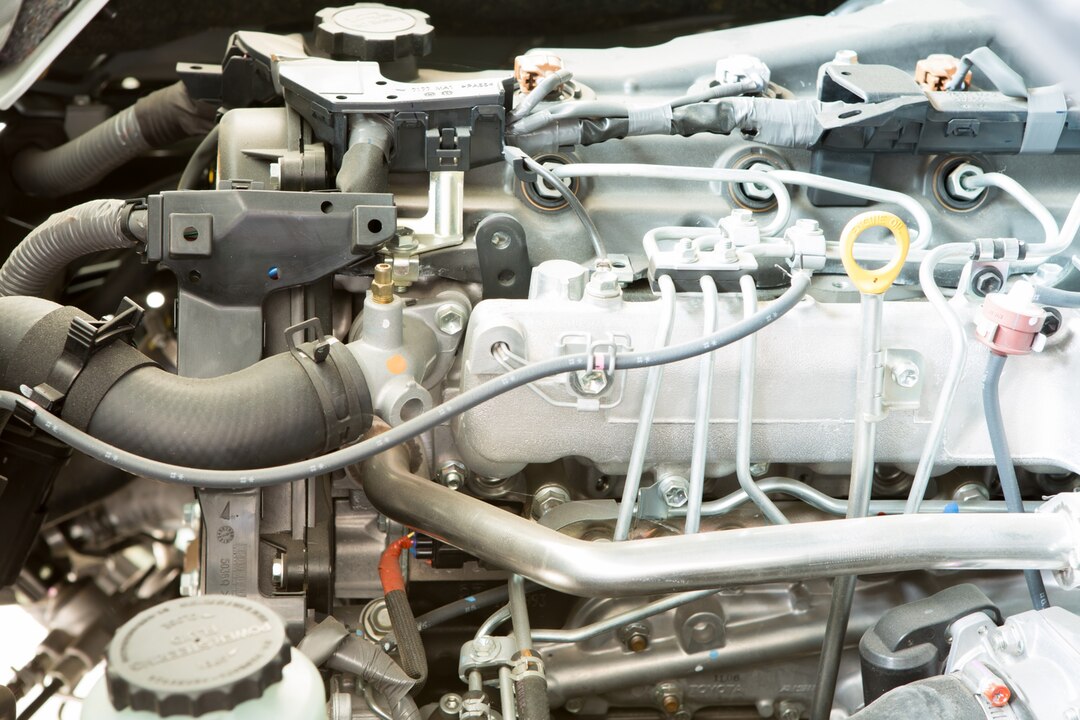Fuel injectors play a crucial role in modern automotive engines, delivering precisely metered amounts of fuel to the combustion chamber for efficient combustion. As technology advances, various types of fuel injectors have been developed to meet the demands of different engine designs and performance requirements. In this article, we’ll delve into the different types of car fuel injectors, their characteristics, and their roles in optimizing engine performance and fuel efficiency.
1. Port Fuel Injector (PFI):
- Functionality: Port fuel injectors are located in the intake manifold near the intake valve, where they spray fuel directly into the intake port.
- Design: PFI injectors typically feature a solenoid-operated valve that opens and closes to control the flow of fuel into the intake port.
- Versatility: PFI injectors are versatile and commonly used in a wide range of gasoline-powered vehicles, from economy cars to high-performance sports cars.
2. Direct Fuel Injector (GDI or DI):
- Functionality: Direct fuel injectors are positioned directly in the combustion chamber, where they inject fuel directly into the cylinder during the intake stroke.
- Efficiency: GDI (Gasoline Direct Injection) or DI (Direct Injection) systems offer improved fuel efficiency, power output, and emissions control compared to port fuel injection systems.
- Precise Fuel Delivery: Direct fuel injectors can precisely control the timing, duration, and quantity of fuel injected into the cylinder, resulting in optimized combustion and engine performance.
3. Throttle Body Injector (TBI):
- Functionality: Throttle body injectors are located inside the throttle body assembly, where they spray fuel directly into the intake air stream.
- Simplicity: TBI systems are simpler and less expensive than port or direct injection systems, making them a cost-effective option for some vehicles.
- Limited Precision: Throttle body injectors provide less precise fuel metering compared to port or direct injectors, which may affect engine performance and emissions control.
4. Multi-Point Fuel Injector (MPFI):
- Functionality: Multi-point fuel injectors feature multiple injectors positioned at each intake port, providing individual fuel delivery to each cylinder.
- Balanced Fuel Distribution: MPFI systems ensure balanced fuel distribution among all cylinders, promoting uniform combustion and engine performance.
- Common in Modern Engines: MPFI systems are commonly found in modern gasoline engines, offering improved fuel efficiency, power output, and emissions control compared to older carbureted engines.
5. Sequential Fuel Injector:
- Functionality: Sequential fuel injectors deliver fuel to each cylinder in a specific sequence, synchronized with the engine’s firing order.
- Precision Timing: Sequential injection systems precisely time the fuel delivery to each cylinder, optimizing combustion efficiency and minimizing emissions.
- Complexity: Sequential injection systems are more complex and require sophisticated engine control systems to manage fuel delivery, timing, and other parameters.
Fuel injectors are integral components of modern automotive engines, playing a crucial role in delivering fuel for combustion. By understanding the different types of car fuel injectors and their respective characteristics, drivers and automotive enthusiasts can appreciate the diverse technologies employed to optimize engine performance, fuel efficiency, and emissions control. Whether your vehicle utilizes port fuel injection, direct injection, throttle body injection, multi-point injection, or sequential injection, each type of fuel injector contributes to the overall efficiency and performance of the engine. As automotive technology continues to evolve, advancements in fuel injection systems will further enhance engine efficiency, power output, and environmental sustainability.











